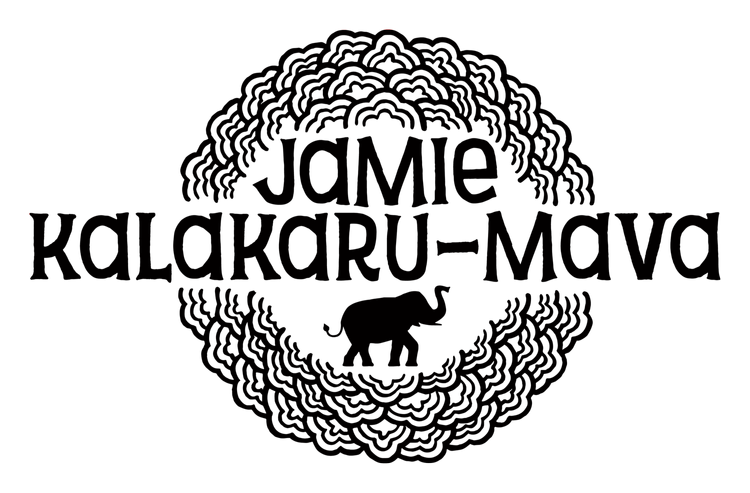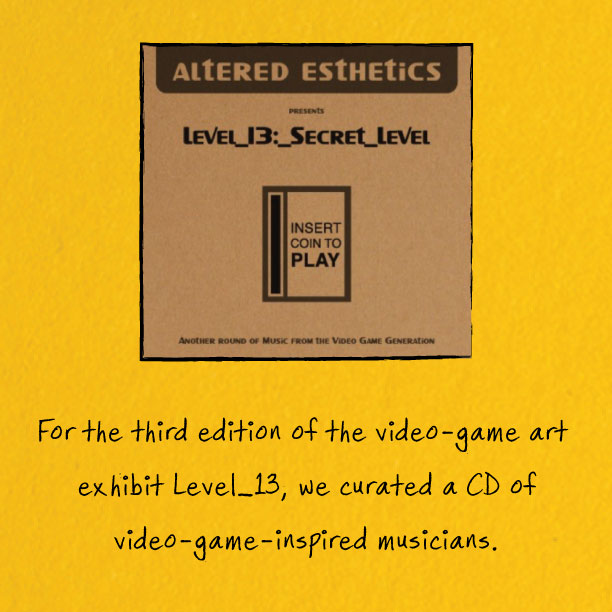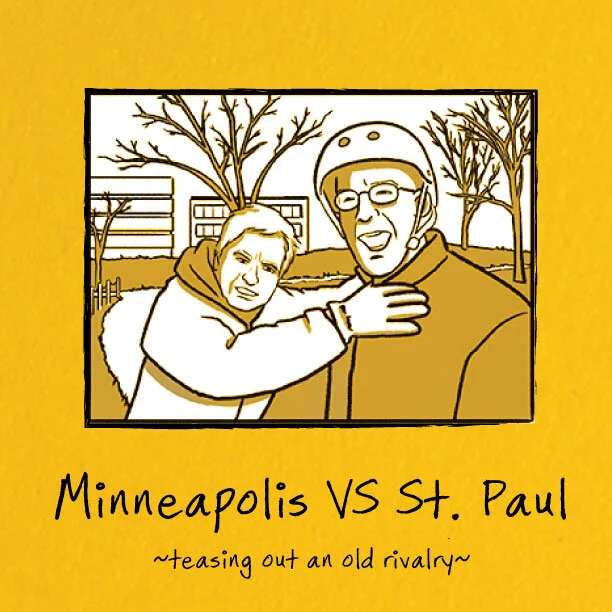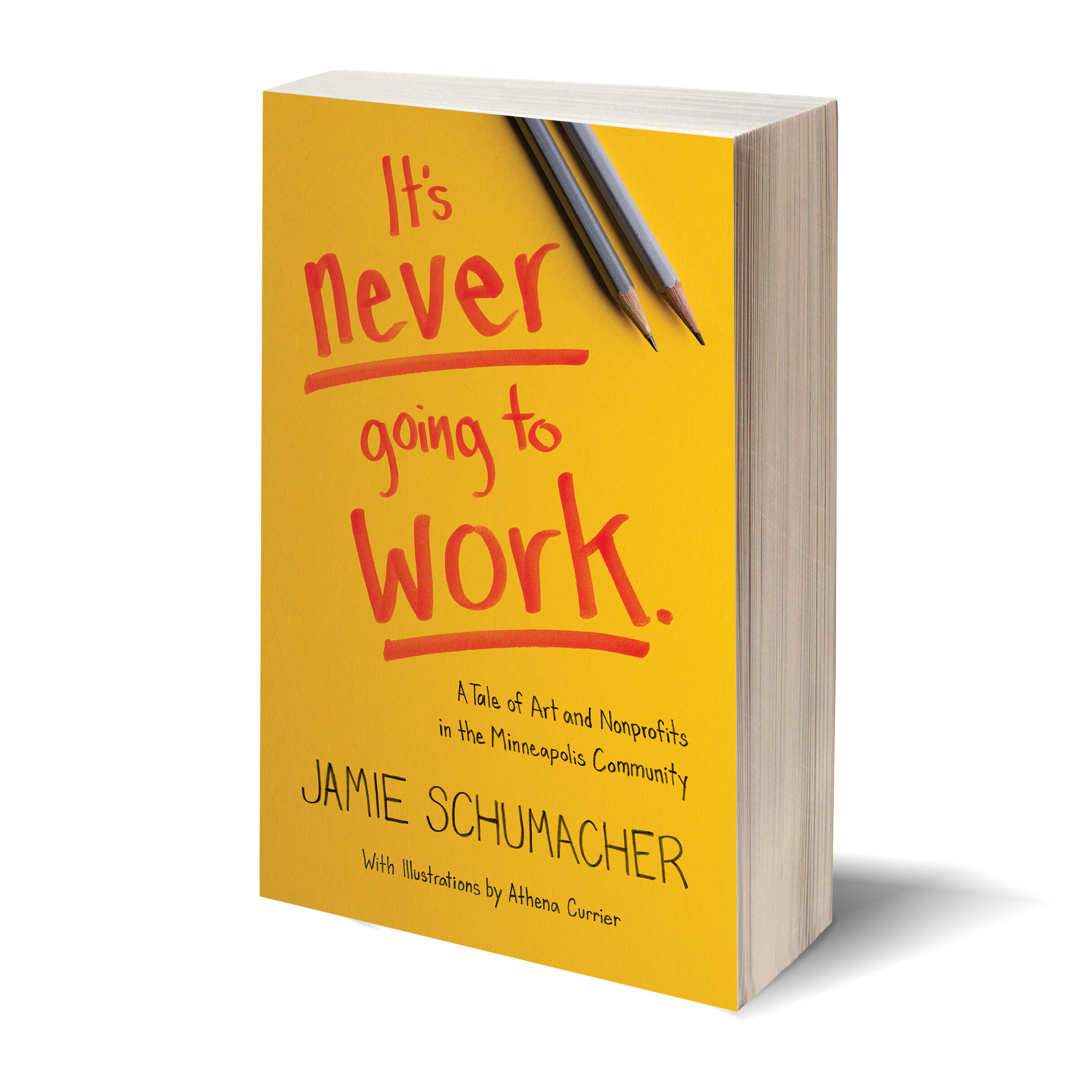Notes on Keeping Balanced While Pursuing Your Dream
“Ten years at Altered Esthetics, congrats! The 2006 Bike show was a turning point for me where I returned to making art after 5 years away in corporate america. Thank you!! I’m now working full time as a teaching artist and private art mentor. thankyouthankyouthankyou for everything you’ve done with Altered Esthetics.”
—Joellen Preston, artist
While my part of the story with Altered Esthetics has ended, Altered Esthetics’ impact on me personally continues. Through the relationships I built, the lessons I learned, the principles I practice—it all carries forward into the community work I still do, bringing the arts into every aspect. I find myself continually drawn to working with artists, and it is no wonder I find myself working in another district full of music, art, and creative people: Minneapolis’s West Bank.
Of those I worked with, some of my favorite artists were those for whom Altered Esthetics was an opportunity to return to art. One artist returned to creative work after taking time away to raise her kids; another retiree was creating for the first time. The gallery provided a welcoming space for them to exhibit their work. It was always exciting to hear about artists pursuing their dreams and passions and very rewarding for Altered Esthetics to be a part of those equations. We weren’t fancy, but for some, we were their stepping stone on to bigger and better spaces.
I used to get a lot of folks asking me for advice on starting a nonprofit, starting a gallery, or getting their own pursuit off the ground. Over time, there are pieces of advice and lessons I find myself coming back to repeatedly in my own practice as well as things I see others struggling with. When everything is
shiny it can seem easy to find motivation, but when things are stressful (or possibly worse: when things are boring)—that’s when it’s easy to get discouraged. These reminders have been helpful to me. I hope they are helpful to you, as well, as you set off on your endeavor, or should you need somebody to commiserate with on your current one.
This post is adapted from It’s Never Going To Work: A Tale of Art and Nonprofits in the Minneapolis Community. The book includes illustrations by Athena Currier. ©2019 Jamie Schumacher.
It’s Never Going To Work is a light-hearted, illustrated book that offers real-life insights on founding a community space and nonprofit. It provides tools, tips, resources, and camaraderie to community organizers and anybody attempting something new.


















